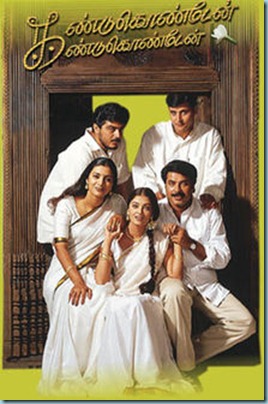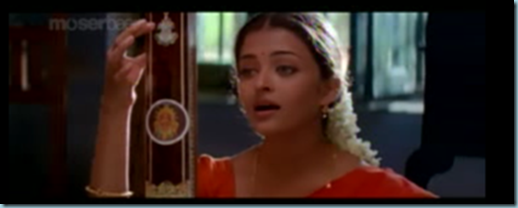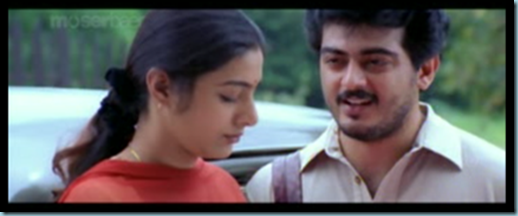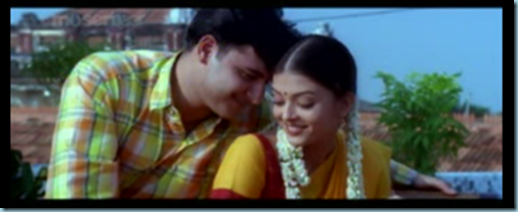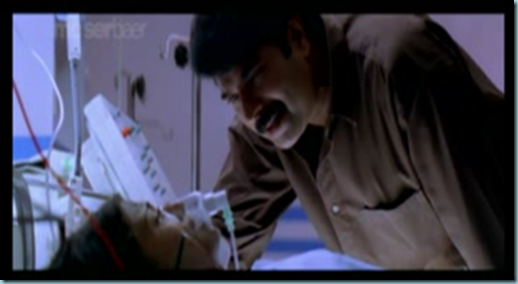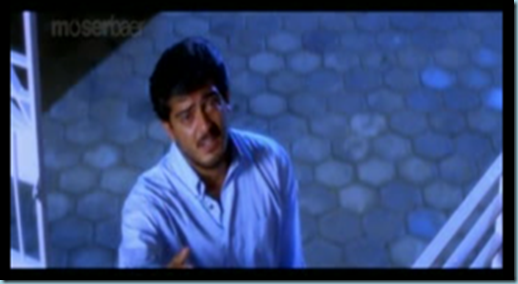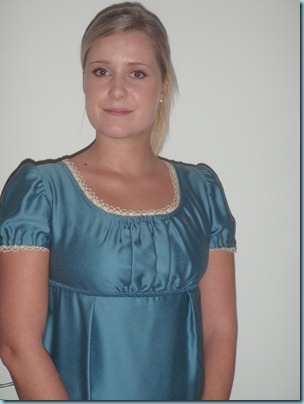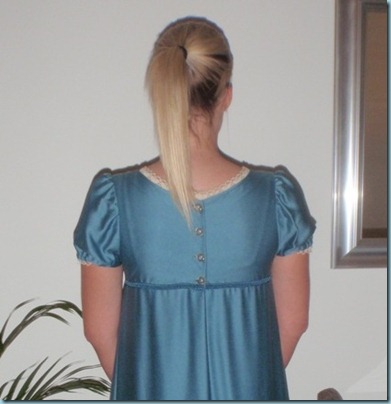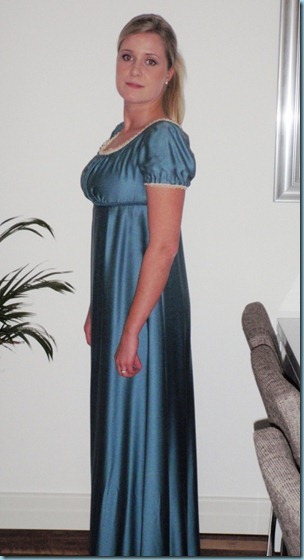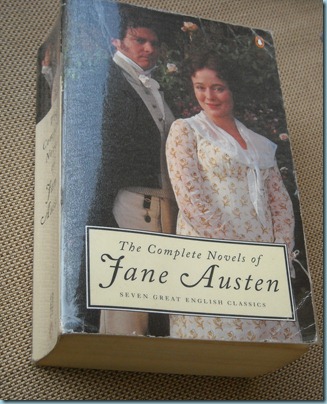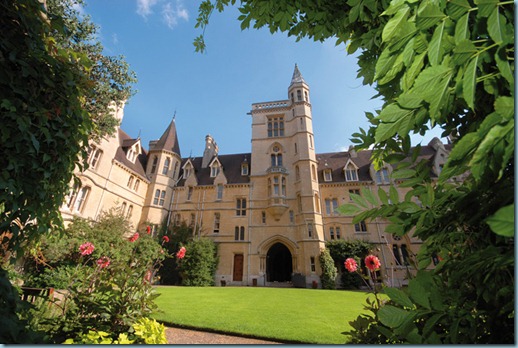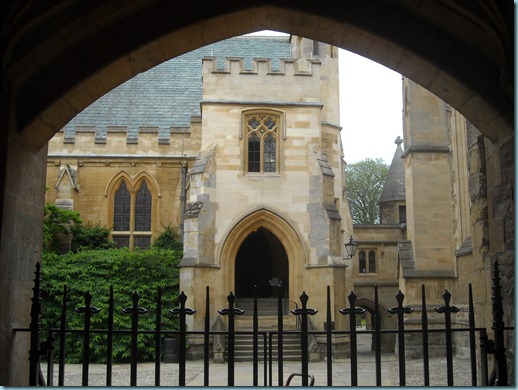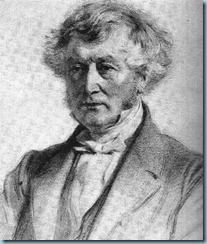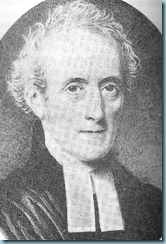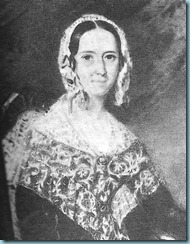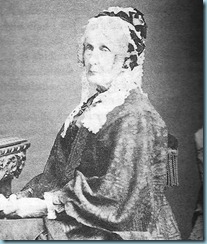I enjoyed seeing Aisha – the Hindi version of Jane Austen’s Emma – recently, so I decided to get hold of the Tamil version of Sense and Sensibility, too. The film from 2000 is called Kandukondain Kandukondain (translating “I Have Found it”) and is a typical South Indian film with its colourful song and dance sequences and plentiful tears and drama.
The film features some of the biggest actors and actresses from Tamil cinema, such as Ajith, Aishwarya Rai and Tabu, as well as a score by A. R. Rahman who recently received an Oscar for his score for Slumdog Millionaire.
The film begins with an action scene, showing an Indian army commando fighting Tamil rebels in the jungle. We then move onto the beautiful setting of South Indian countryside, with scenic images of swaying palm trees and lush paddy fields and characters dressed in brightly coloured sarees.
You soon begin to see similarities to Sense and Sensibility. The film is about two very different sisters: Sowmya (Elinor - right) – the quiet and sensible big sister, Meenakshi (Marianne - left) – the romantic, passionate younger sister. They live with their mother, little sister and grandfather in a grand family house.
Sowmya (Tabu)
Sowmya is the village school principal, whereas Meenakshi, full of energy, dreams of becoming a singer and is shown to spend her days running on fields, singing and reading classical poetry.
Meenakshi (Aishwarya Rai)
As their grandfather is about to die, the girls face the dilemma of marriage. Both sisters have differing views on marriage; Sowmya is determined not to marry a man of her own choice, whereas Meenakshi wants to marry for love. They both know that the wisest thing would be to marry a wealthy doctor or engineer to ensure a comfortable future for all of them.
Sowmya and Manohar (Ajith).
Manohar (Edward), an aspiring film director, has decided not to continue his father’s business against the parents’ wishes. He comes to shoot a film at the family home, and falls in love with Sowmya. However, he can’t get married until he becomes more successful in his career. In the meanwhile, Major Bala (Colonel Brandon), a wounded ex-officer (shown fighting as a commando at the beginning) who now runs an attractive florist business, falls in love with Meenakshi.
Meenakshi is not interested in this older man and falls desperately in love with a well-known businessman, Srikanth (Willoughby). The scene is a direct copy from S & S; Meenakshi is out in the rain, slips off a stone and falls, Srikanth miracuously appears from nowhere and rescues her – the next day they are seen romancing over poetry.
 Srikanth (Abbas) rescues Meenakshi in the rain.
Srikanth (Abbas) rescues Meenakshi in the rain.
Love over poetry.
Following the original story, the grandfather dies, and the ladies are ousted from their family home. While everyone else despairs, the sensible Sowmya suggests that they move to Chennai – the capital city – and find work. Both the girls succeed in their careers – Sowmya at a software company and Meenakshi as a singer – and make enough money to buy a flat for the family.
In the meanwhile, Srikanth goes bankrupt and marries a rich girl for money. Meenakshi hopes to meet Srikanth in Chennai, but he never answers her calls. When she finds out that he has got married, she runs out in the rain and (instead of falling ill) falls in a drain and gets hurt. It is Major Bala that rescues her and this heroic act makes Meenakshi fall in love with this older man.
Meenakshi walking in the rain.
Major Bala comforting Meenakshi at the hospital.
Sowmya, on the other hand, reads in a tabloid that Manohar has been romancing an actress from his movie. When he comes to see her, she refuses to see him. Manohar convinces her that he has done nothing wrong, proposes to her, and is accepted. The film ends in an Austenesque double wedding and everyone is happy.
Manohar proposes to Sowmya who is watching him from the balcony.
Once again, I have to reiterate how well Jane Austen’s stories adapt to Indian culture, India being a traditional, class-conscious society with strong family values. Jane Austen’s characters are so much at home in a traditional and modern Indian setting. Thanks to Jane Austen’s wonderful characterisations, it is no wonder that Kandukondain Kandukondain became one of the biggest hits in the history of Tamil cinema.
So if you don’t fall asleep while watching a film extending to three hours in length, don’t feel too sorry for the gorgeous sisters ending up with revolting looking men with various amounts of facial hair, and don’t mind the endless song-and-dance sequences, I recommend this experience to any fan of Sense and Sensibility.
